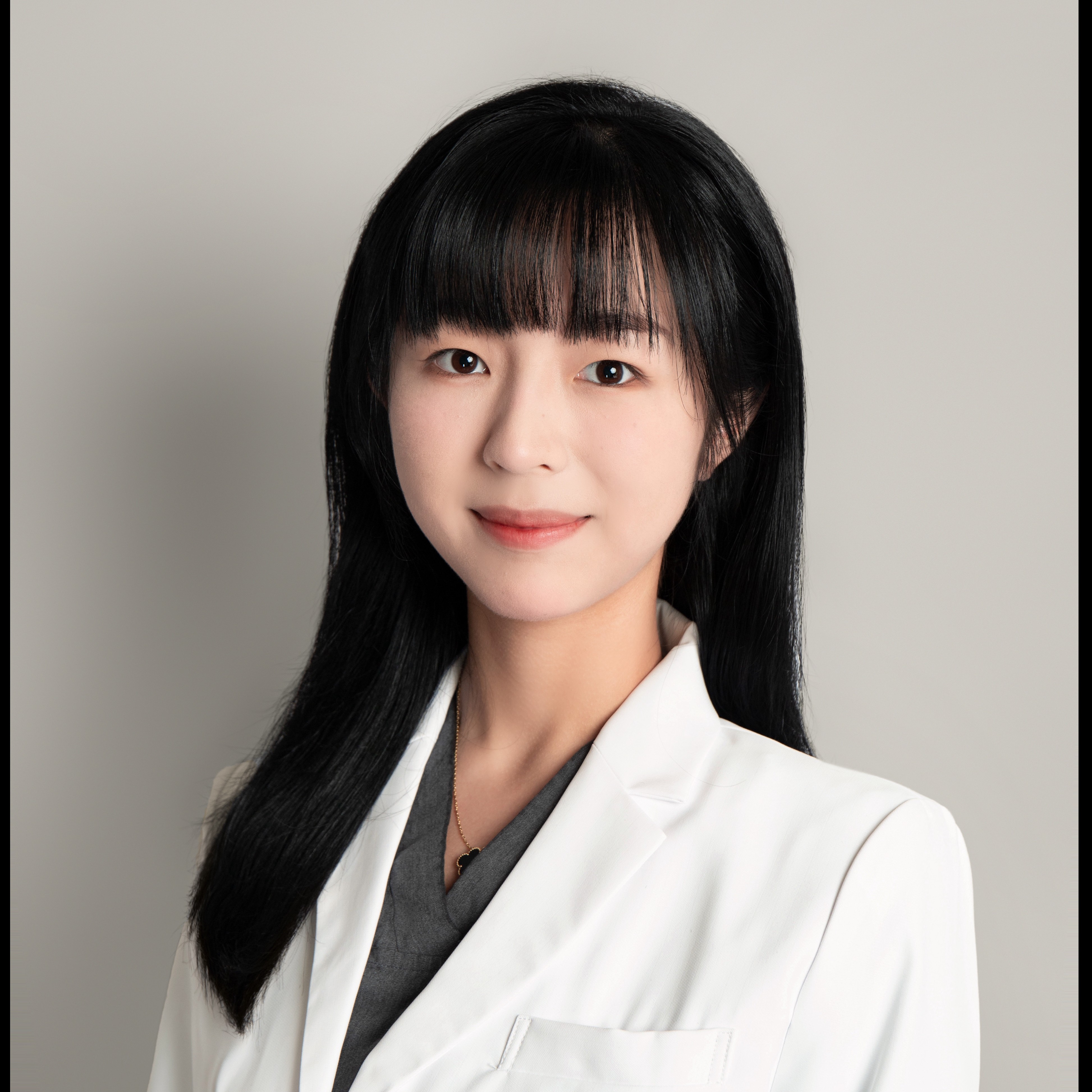Objectives: Our double-blind longitudinal clinical psychological research included 14 menopausal women with high FSFI satisfaction scores following laser or RF vaginal interventions.
We demonstrated a high positive correlation between the subjects’ FSFI scores and the Hy (hysteria), D (Depression) and L (Lie) scales of the MMPI-2. Such high positive correlation between the FSFI and the L-scale negates the reported increase in female sexual satisfaction following laser or RF vaginal rejuvenation.
Introduction: Several women strive to solve the aging problem by placing their hopes on surgical procedures which have recently given way to laser and RF interventions. The goal is to empower females because secretly boiling resentment and dissatisfaction can affect both the quality and integrity of the family unit that is primarily held together by the female. Female sexual satisfaction is only superficially addressed after vaginal rejuvenation treatments with several laser and RF technologies when doctors give a short self-report questionnaire like the FSFI that can be easily faked.
Materials / method: In this study we examined the hidden negative emotions harboured by females who professed high sexual satisfaction after vaginal intervention techniques, merely because they were content that their partners were satisfied, ignoring the impact that their repressed feelings had on their interpersonal relationships. Our double-blind longitudinal clinical psychological research included 14 menopausal women with high FSFI satisfaction scores following laser or RF vaginal interventions.
Results: We demonstrated a high positive correlation between the subjects’ FSFI scores and the Hy (hysteria), D (Depression) and L (Lie) scales of the MMPI-2. Such high positive correlation between the FSFI and the L-scale negates the reported increase in female sexual satisfaction following laser or RF vaginal rejuvenation. The high positive correlations of the FSFI with the Hy and D scales indicate that despite reports of increased sexual satisfaction, the vaginal procedures did not improve psychological wellbeing or quality of life. Results on the DES revealed that 98% of the subjects were organized
Conclusion: around the emotions of shame, sadness and joy. Such results indicate a multilayered emotional organization that possibly reflects joy on the outside and shame and sadness on the inside. Going down the path that starts with a dismissal of self-fulfillment to focus on their partners’ satisfaction, may bring several women to the endpoint of disingenuous interpersonal relationships tainted by repressed disillusionment. Quality of life can only arise out of the understanding and resolution of the multiple physiological and psychological aspects of female sexuality, ultimately empowering women
Declaraciones
¿Ha recibido algún tipo de financiamiento para realizar su investigación sobre esta temática?
No
¿Ha recibido algún pago, honorario u otra compensación por su trabajo acerca de esta investigación?
No
¿Tiene vínculos financieros con alguna entidad que podría llegar a competir estrechamente con los medicamentos, materiales o instrumentos tratados en su investigación?
No
¿Posee o ha solicitado una patente relacionada a los materiales, productos o instrumentos utilizados en su investigación?
No
Este trabajo no cuenta con el apoyo de ningún financiamiento directo o indirecto. El autor asume plena responsabilidad sobre el mismo.










